About
|
My name is Mari-Liis Aru* (see the pronunciation guide below) and I'm doing my PhD in the area of star and planet formation. In Sept. 2022, I joined the group of Dr. Carlo F. Manara at the European Southern Observatory (ESO) in Germany to research the properties of protoplanetary disks—the birthplaces of planets. I use observational data to study the impact of externally photoevaporating winds on the disks (proplyds). You can read about the ERC-funded WANDA project on the team's website.
My background includes a master's degree in Space Sciences from University of Liège, Belgium, and a two-year research experience at the European Space Agency (ESA), the Netherlands. Online, you can find me sharing digestible explainers of complex topics with the aim to bring space exploration closer to a general audience. See the newsletter I publish on Substack in English / in Estonian. Besides astronomy and outreach, I’m an enthusiast for language learning. * Mari rhymes with starry, Liis is pronounced like Lee's. Alternative spelling for international press: Mari L. Aru |
Research
Teardrops in the sky
An ESO press release of the planet-forming disk 177-341W, irradiated by a nearby massive star, and observed with VLT/MUSE (Aru et al. 2024)
Read more about my research on proplyds, externally photoevaporated planet-forming disks, and micrometeoroid study at the Lagrange-2 point below.
Outreach
I'm active in science outreach, by being a speaker at events, writing popular science articles, and creating informational posts on social media. You can see examples of my involvement here.
Eestikeelne lehekülg siin.
For collaborations and your outreach opportunities, please see the contact page below.
Eestikeelne lehekülg siin.
For collaborations and your outreach opportunities, please see the contact page below.
FAQ & resources for studentsFind some basic information on different fields linked to space, opportunities at ESA, and frequently asked questions related to space careers.
|



